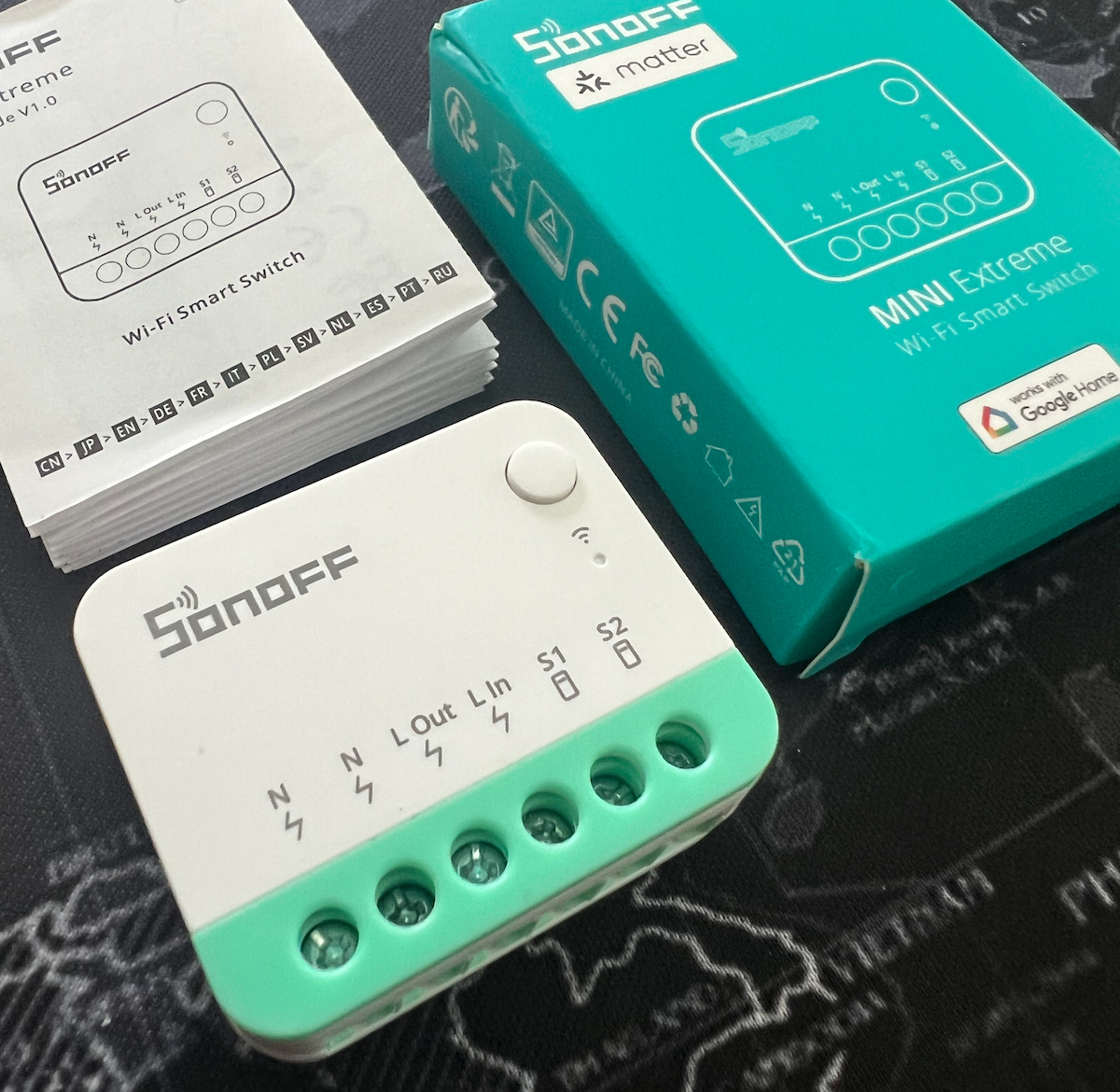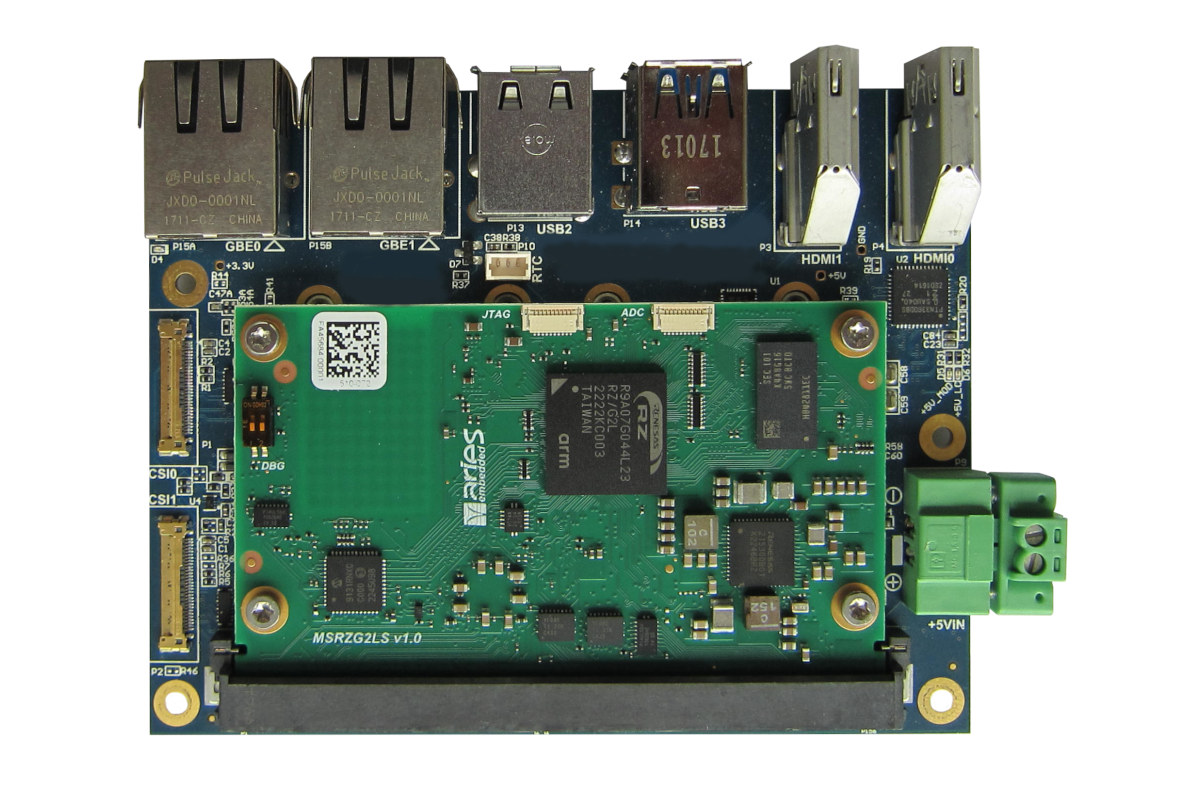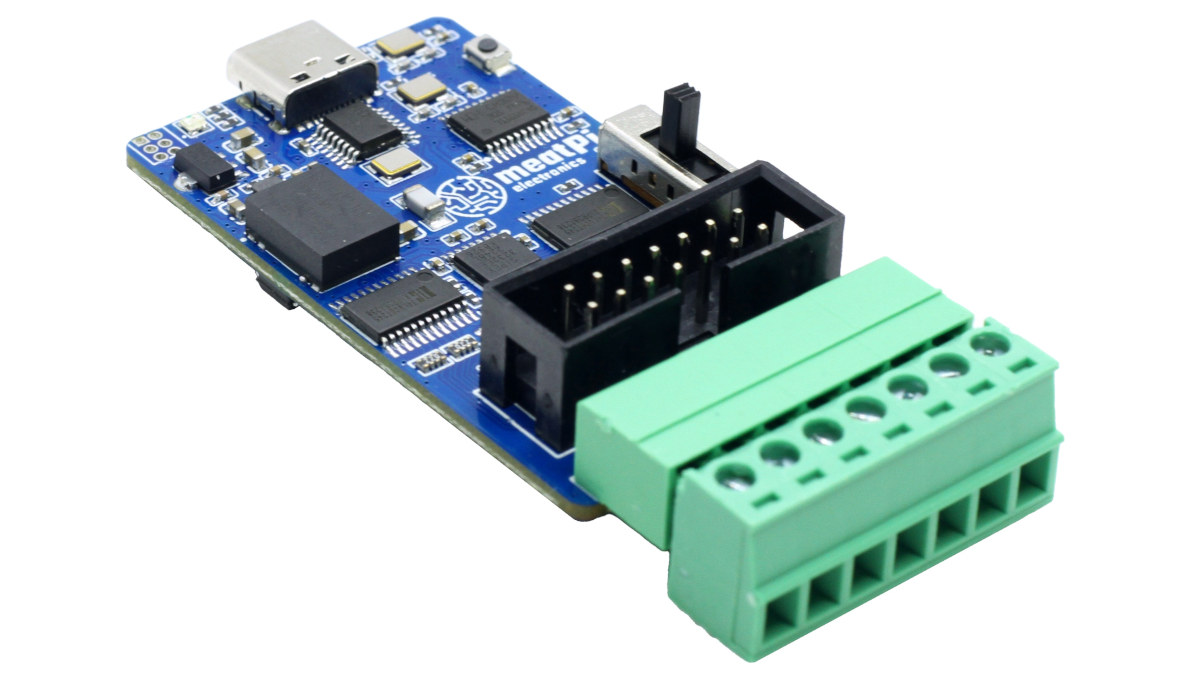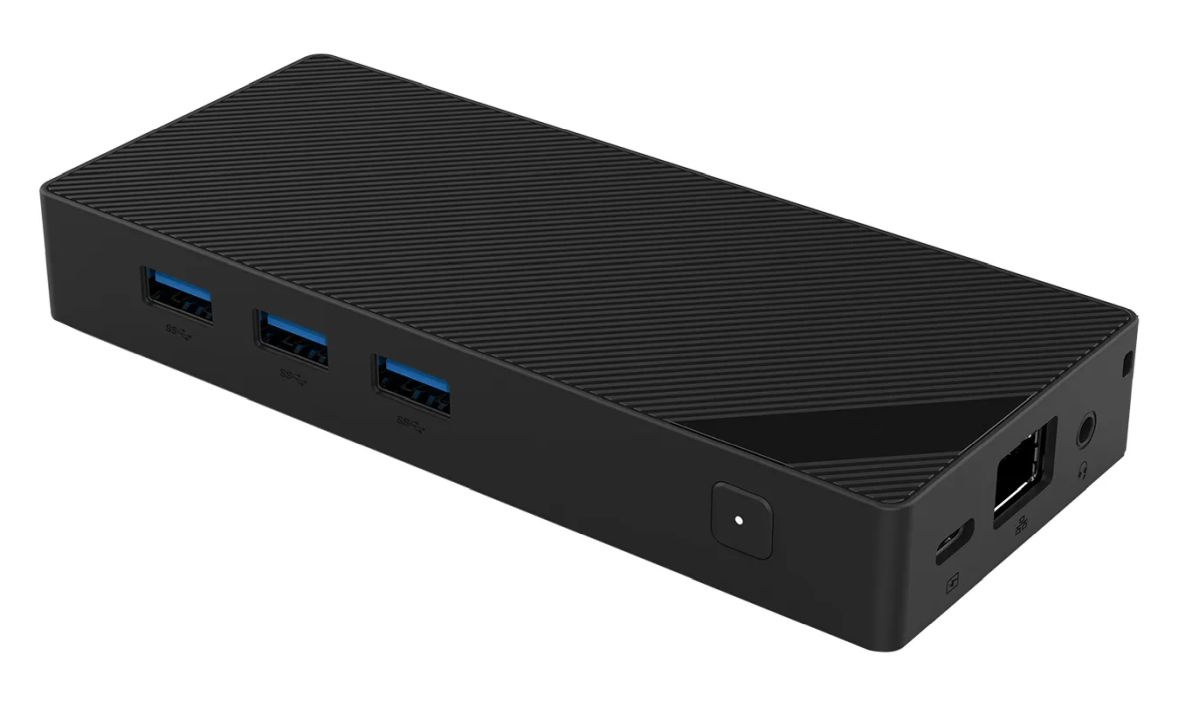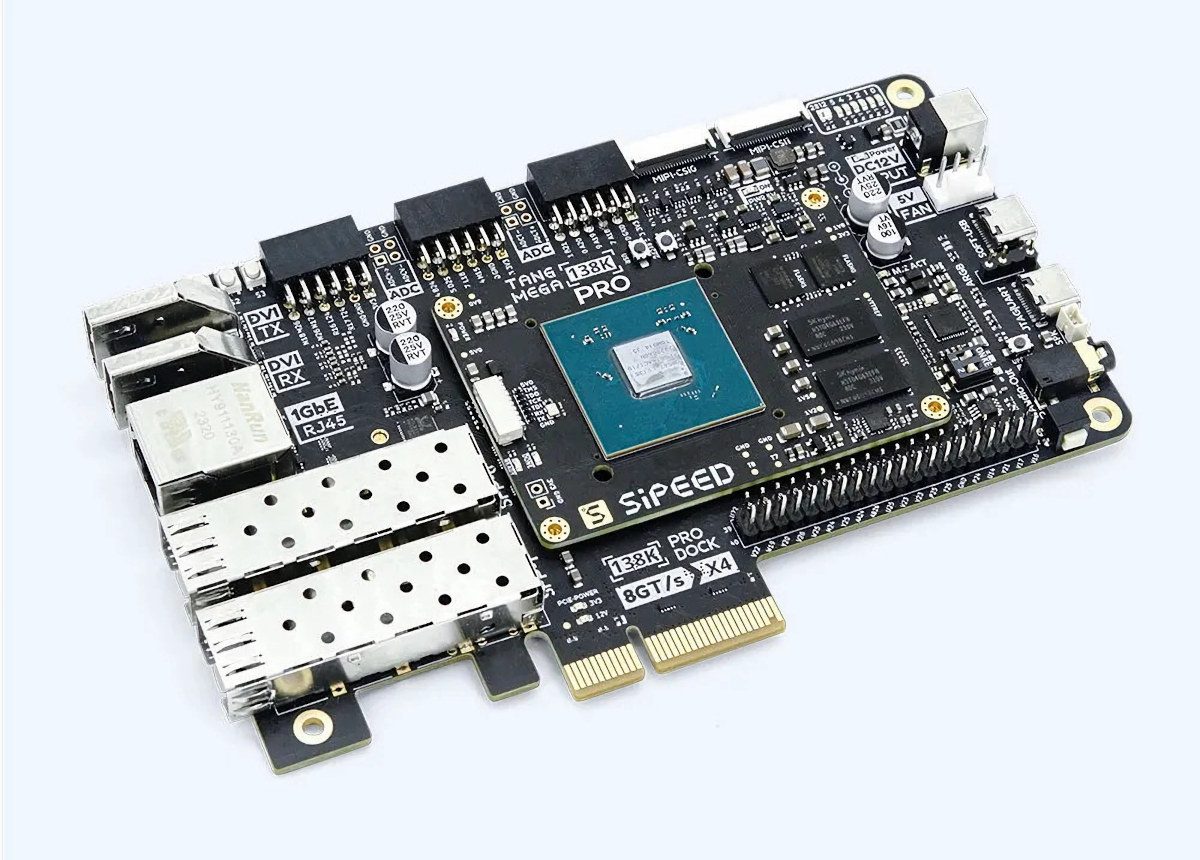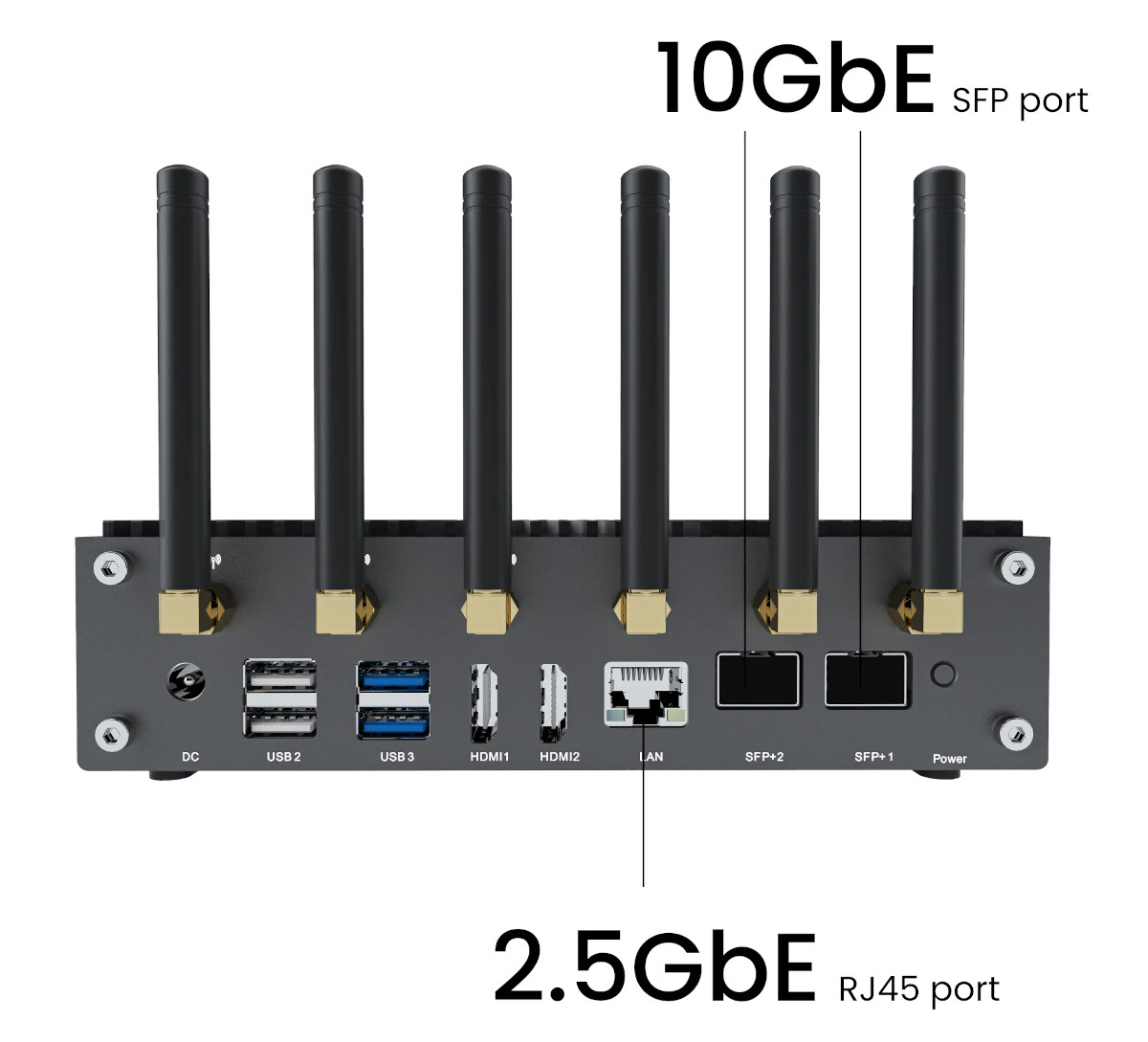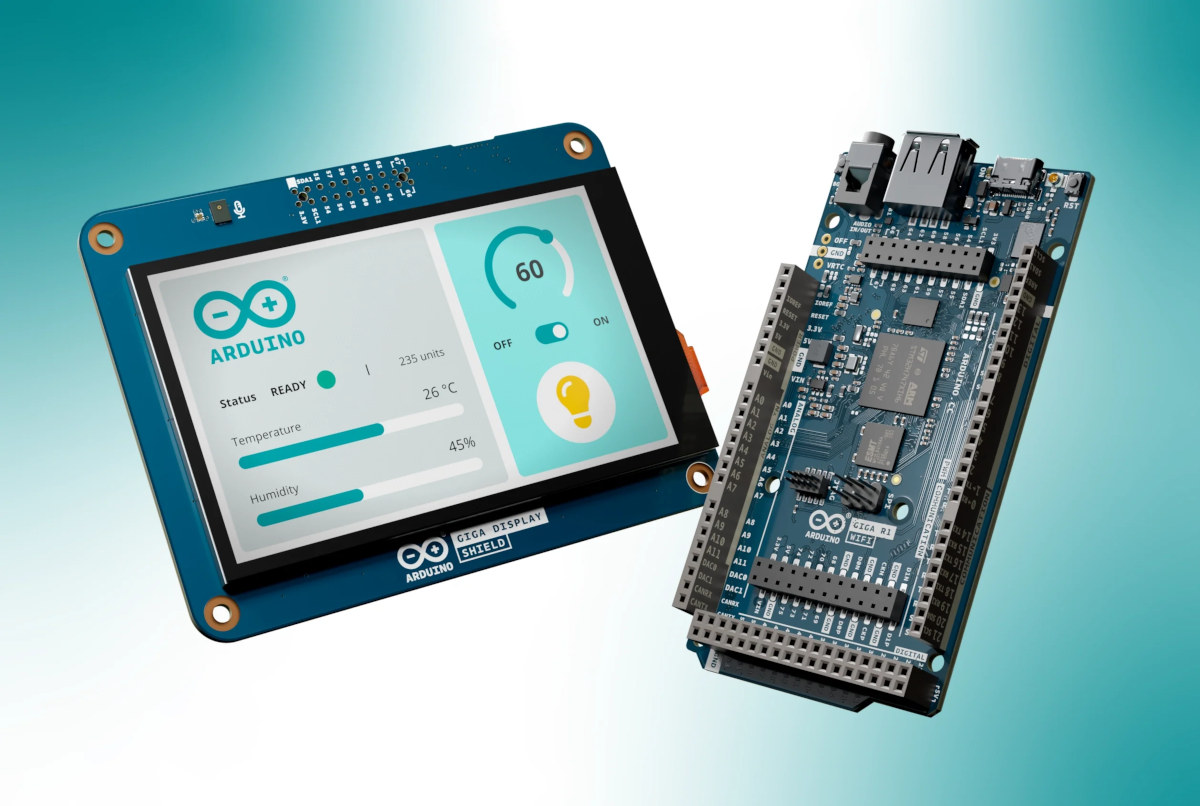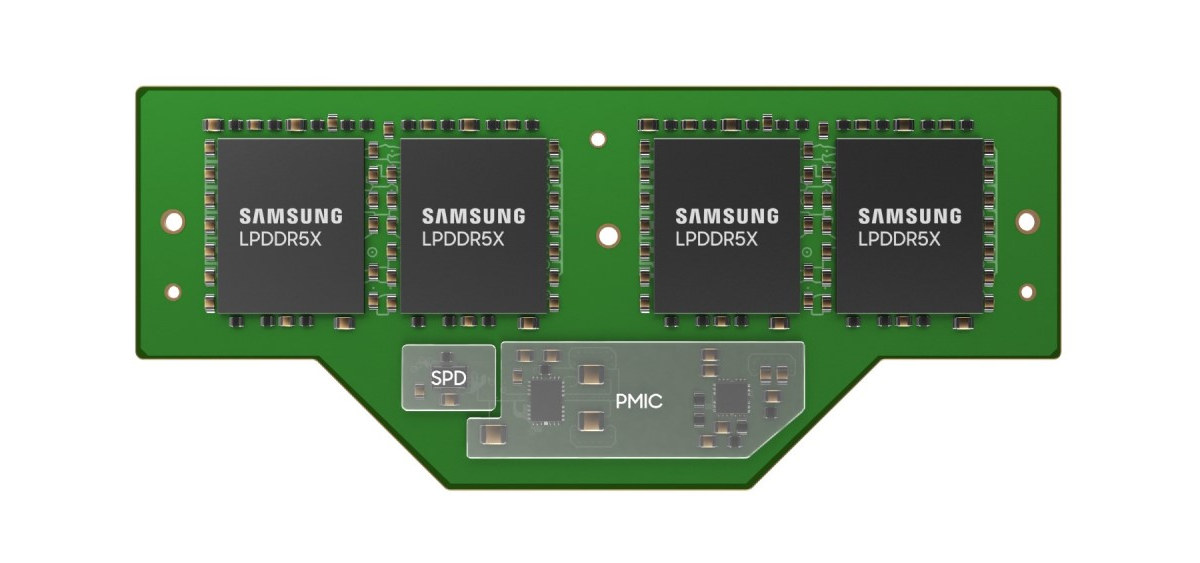We have just received the first Matter product from SONOFF for review, which is the Mini Extreme Switch (MINIR4M) model. Its external appearance closely resembles the Mini Extreme Switch Wifi (MINIR4) which we reviewed previously. They have different colors to distinguish between WiFi (Orange) and Matter (Green). In this review, we have experimented with various Smart Home platforms that support Matter, such as Home Assistant, Apple HomeKit, Google Home, and even their own eWeLink app. Let’s see how their operations and features differ to some extent. Quick intro for Matter. We have heard Matter/Thread together in the news. Matter is a control protocol, while Thread is a communication protocol. Both protocols can work together, or separately. Matter can operate on the top of various communication protocols, including WiFi, Ethernet, BLE, or Thread, with subtle differences such as energy efficiency, network, and resiliency. What’s crucial to note is that Matter acts […]
Renesas RZ/G2L and RZ/V2L SMARC 2.1 system-on-modules target HMI and Edge AI applications
ARIES Embedded has recently launched two SMARC-compliant MRZG2LS and MRZV2LS system-on-modules (SoM) powered by respectively a Renesas RZ/G2L dual-core Cortex-A55/M33 microprocessor with Arm Mali-G31 GPU and H.264 video codec (H.264) and a similar Renesas RZ/V2L MPU adding a built-in ‘DRP-AI’ AI accelerator for vision applications. Those are the first SMARC modules from the company and they are well-suited for applications such as entry-class industrial human machine interfaces (HMIs), embedded vision, edge artificial intelligence (edge-AI), real-time control, industrial Ethernet connectivity, and embedded devices with video capabilities. ARIES Embedded MRZG2LS and MRZV2LS key features and specifications: SoC – Renesas RZ/G2L or GZ-V2L with Application CPU – Single or dual Arm Cortex-A55 up to 1.2GHz Real-time core -Arm Cortex-M33 GPU – Arm Mali-G31 VPU – H.264 codec AI accelerator – DRP-AI on Renesas RZ/V2l only (MRZV2L SoM) System Memory – 512MB to 4GB DDR4 RAM Storage – SPI NOR flash, 4GB to 64GB […]
Ollie v2 USB to UART/CAN/RS485/RS232 converter gets USB-C port, plastic enclosure, and more (Crowdfunding)
Ollie v2 is an improved version of the Ollie USB to isolated UART, CAN Bus, RS232, and RS485 converter that gains a USB-C port, a plastic case, the ability to set the voltage from the target board, and various other minor improvements. Like the first version, the Ollie v2 is a portable tool designed for hackers and field engineers that allows them to work with a single device instead of a bunch of USB converters, each handling a single protocol, and isolation makes sure the host, such as a laptop, is protected from high voltages. Ollie V2 specifications: Serial chip – WCH CH344 quad-serial port chip (instead of XR21V1414 in the first design) Host interface – USB Type-C port Isolated interfaces (all with ESD protection) 2x UART ports up to 6 Mbps with 1.8/3.3/5 V or target voltage levels (set by slide switch) CAN 2.0A/B up to 1 Mbps bus […]
ZX05 mini PC with Processor N100 CPU, 12GB RAM goes for $133 and up
ZX05 is another Intel Processor N100 Alder Lake-N mini PC whose main selling points are its PC stick-like size (145 x 62 x 20mm) and its price with the device selling for $132.62 and up on AliExpress with 12GB RAM and an M.2 2280 socket for an NVMe SSD. Despite its dimensions, the pocket-sized PC comes with two HDMI ports, three USB 3.2 Gen 1 ports, gigabit Ethernet, WiFi 5 and Bluetooth 5.2, and an audio jack which should cover most basic computing use cases. ZX05 specifications: SoC – Intel Processor N100 Alder Lake-N quad-core/quad-thread processor @ up to 3.4 GHz (Turbo) with 6MB cache, 24EU Intel HD graphics @ up to 750 MHz; TDP: 6W System Memory – 12GB LPDDR5 soldered-on board Storage – Optional 128GB, 256GB, 512GB, or 1TB NVMe SSD via M.2 2280 socket Video Output – 2x HDMI 2.0 ports up to 4Kp60 Audio – 3.5mm […]
Sipeed Tang Mega 138K Pro Dock features GOWIN GW5AST FPGA + RISC-V SoC
Sipeed has launched another FPGA board part of their Tang family with the Tang Mega 138K Pro Dock powered by a GOWIN GW5AST SoC with 138K logic elements as well as an 800 MHz AE350_SOC RISC-V hardcore unit, and featuring a PCIe 3.0 x4 interface, DVI Rx and Tx, two SFP+ cages, a Gigabit Ethernet RJ45 port, and more. We’ve previously seen companies like AMD (Xilinx) and Microchip produce FPGA SoCs with hard cores such as the Zynq Ultrascale+ family (4x Cortex-A53) or the PolarFire MPSoC (4x 64-bit SiFive U54 RISC-V cores), but it’s the first time I see GOWIN introduce an FPGA + RISC-V SoC, as all the previous parts that came to my attention were FPGA devices. Sipeed Tang Mega 138K Pro Dock specifications: System-on-Module – Sipeed Tang Mega 138K Pro SoC FPGA – GOWIN GW5AST-LV138FPG676A with 138,240 LUT4 1,080 Kb Shadow SRAM (SSRAM) 6,120 Kb Block SRAM […]
PALMSHELL NeXT H2 SBC and micro server offers 10GbE for $199 and up
PALMSHELL NeXT H2 is an affordable AMD Ryzen Embedded R1505G-powered micro server, also available as an SBC for developers, that features two 10GbE SFP+ cages and one 2.5GbE RJ45 port, as well as expansion sockets for wireless connectivity. The system supports up to 32GB RAM plus an M.2 NVMe SSD and two SATA drives for storage, offers several wireless connectivity options with WiFi 6, Bluetooth 5.2, and 4G LTE/5G, and is equipped with two 4Kp60-capable HDMI ports, and four USB ports. PALMSHELL NeXT H2 specifications: SoC – AMD Ryzen Embedded R1505G dual-core/quad-thread processor @ 2.4GHz up to 3.3GHz with AMD Radeon Vega 3 graphics; TDP set to 25W System Memory – Optional 8GB or 16GB DDR4 @ 2400 MT/s via 2x SO-DIMM slots Storage Optional 256GB or 512GB NVMe (PCIe 3.0) SSD via M.2 Key-N 2280 socket 2x SATA III connector MicroSD card socket Video Output – 2x HDMI […]
Arduino GIGA R1 WiFi board gets touchscreen display shield
The Arduino GIGA Display Shield is a 3.97-inch RGB touchscreen display designed for the Arduino GIGA R1 WiFi board introduced a few months ago with an STM32H7 dual-core Cortex-M7/M4 microcontroller and a Murata 1DX module for WiFi 4 and Bluetooth 5.1 connectivity. Besides featuring an 800×480 touchscreen display, the new shield offers some other features such as an MP34DT06JTR digital microphone, a Bosch BMI270 six-axis IMU, a 20-pin Arducam camera connector, and an RGB LED. Arduino GIGA Display Shield (ASX00039) specifications: Display – 3.97-inch touchscreen display with 800×480 resolution (model: KD040WVFID026-01-C025A), 16.7 million colors, 5-point touch, connected over I2C Camera I/F – 20-pin ArduCam camera connectors Sensors Bosch SensorTech BMI270 6-axis IMU with 16-bit tri-axial gyroscope and a 16-bit tri-axial accelerometer STMicro MP34DT06JTR MEMS microphone Misc -1x RGB LED (I2C) Supply Voltage – 3.3V Dimensions – 106 x 80 mm The new shield can be mounted to the GIGA R1 […]
Samsung LPCAMM integrates LPDDR RAM on removable modules
Samsung has unveiled a new type of removable memory module called the LPCAMM (Low Power Compression Attached Memory Module) with LPDDR designed for PCs and laptops, and the company expects them to eventually be used in servers found in data centers. I would also not be surprised to find them in embedded systems in the future, for example in an updated COM Express standard. Laptops typically come with either low-power DDR (LPDDR) soldered to the motherboard or SO-DIMM modules with DDR memory chips, but there weren’t any removable modules with low-power memory so far, and Samsung LPCAMM changes that. The new LPCAMM module will initially be fitted with LPDDR5X chips and deliver a 50% performance boost (up to 7500 MT/s), improve power efficiency by 70%, and reduce the mounting area by 60% (78 x 23mm) compared to SO-DIMM modules A main factor in reducing the area required is that two […]


